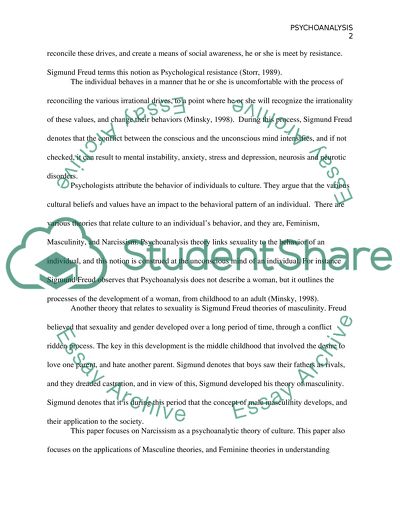Cite this document
(“Is psychoanalysis relevant for understanding contemporary culture Essay”, n.d.)
Is psychoanalysis relevant for understanding contemporary culture Essay. Retrieved from https://studentshare.org/psychology/1402925-is-psychoanalysis-relevant-for-understanding
Is psychoanalysis relevant for understanding contemporary culture Essay. Retrieved from https://studentshare.org/psychology/1402925-is-psychoanalysis-relevant-for-understanding
(Is Psychoanalysis Relevant for Understanding Contemporary Culture Essay)
Is Psychoanalysis Relevant for Understanding Contemporary Culture Essay. https://studentshare.org/psychology/1402925-is-psychoanalysis-relevant-for-understanding.
Is Psychoanalysis Relevant for Understanding Contemporary Culture Essay. https://studentshare.org/psychology/1402925-is-psychoanalysis-relevant-for-understanding.
“Is Psychoanalysis Relevant for Understanding Contemporary Culture Essay”, n.d. https://studentshare.org/psychology/1402925-is-psychoanalysis-relevant-for-understanding.


